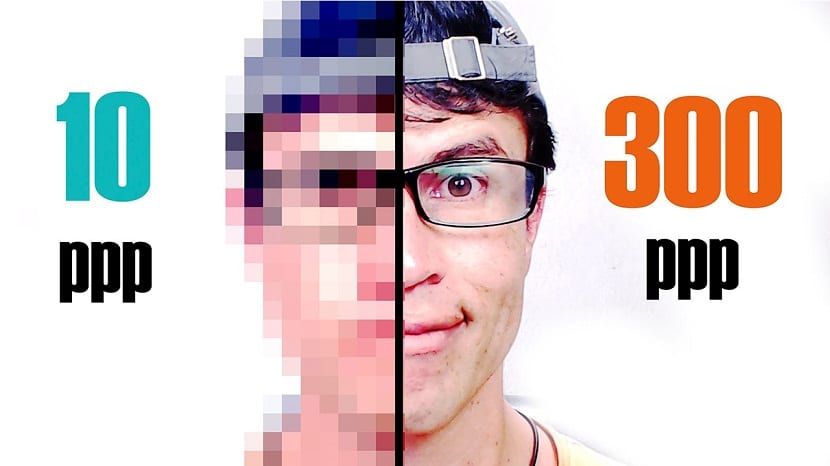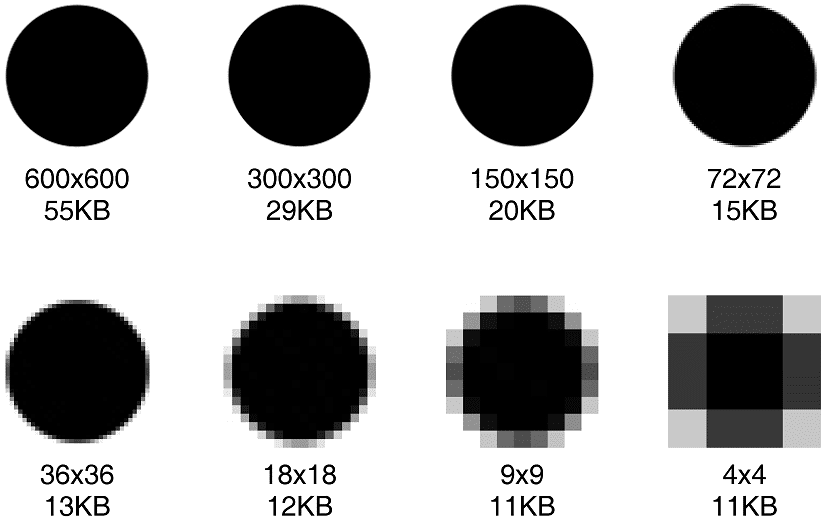C
With the passage of time, the frequency with which people (generally young people) spend time in front of a computer is increasing, generating multiple reactions, since we can observe how people can become computer experts due to the large number of hours they go through doing any activity in it.
During all this time, it is possible to denote how people acquire relevant knowledge about multiple areas of knowledge within computer science and design, allowing themselves to face the problems and needs that arise in their environment related to these areas.
What is DPI and PPI?
In this sense, this article will offer information on some nomenclatures (DPI, PPI), as well as the term resolution, elements that are essential to know in the world of graphic design, in such a way that the reader can realize the meaning of these terms and the importance of knowing the difference between the nomenclatures DPI and PPI, which can be confused very often.
In this sense, we proceed to present the considerations presented here.
DPI
When we make a print, our image can be obtained in multiple resolutions And as we well know, resolution greatly influences the quality of our graphic product. In this sense, the DPI corresponds to the resolution levels that printers can present at the time of printing.
In this way, we can predict that for economic reasons, there will be Varieties between the DPI levels of each printer. However, it seems that there are representative levels of IPR and it seems that 300 DPI they may be sufficient to produce a good quality image.
However, there are printers that today can have DPI levels of up to 3000.
Despite the high DPI levels can guarantee us good quality pictures, it is necessary to be subtle and comply with the levels that the devices can generate by standard, in this way, it means that users must be cautious with all the modifications that they make to the DPI of their printers when they are in the search higher quality images.
These measures also apply to scanning, for this reason, it is recommended that when scanning jobs are carried out, they work with DPI levels not less than 300, in such a way that the images can present relevant quality levels.
PPI / PPP
Just as there are resolutions for images for both printing and scanning, there are also resolutions for our monitor.
If we refer to the resolution of our monitor, it should be noted that, generally, the monitors will present their own resolutions and in this way, IPRs must be adapted to PPI / PPP and it is that these nomenclatures will be those levels of resolution that we will find on our monitor, in which the images (whatever their DPI) will be adapted at the time of being presented in the monitor image.
There are also some doubts about the difference between PPI and PPP and really, the only difference between these two terms is null, since the first is the acronym in English and the second, the acronym in Spanish.
Decision

The latter is nothing more nor less than the number of mega pixels an image contains. In this way, an image with a resolution of 1024 × 768 mega pixels, it will be possible to calculate a certain number of pixels per image.
Generally, the figure shown above has been the most typical for the many images that are presented on different platforms.
In this way, we can know that these three terms refer to different elements. It can be very useful to handle this information when graphic design it is, as well as when it comes to printing and scanning, in such a way that we know how high quality our representative projects could be.

Haha Thank you Professor !!
Am I the only one who noticed that for an article that talks to new ones about IPR they didn't even break down the abbreviation? That bad…